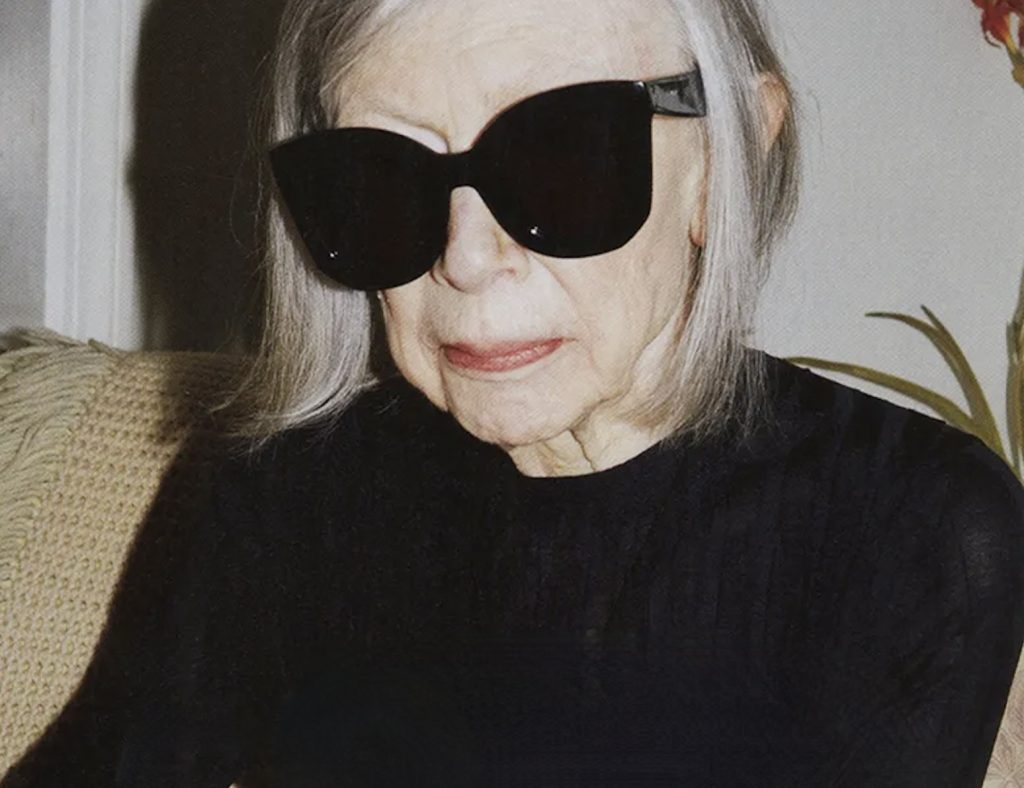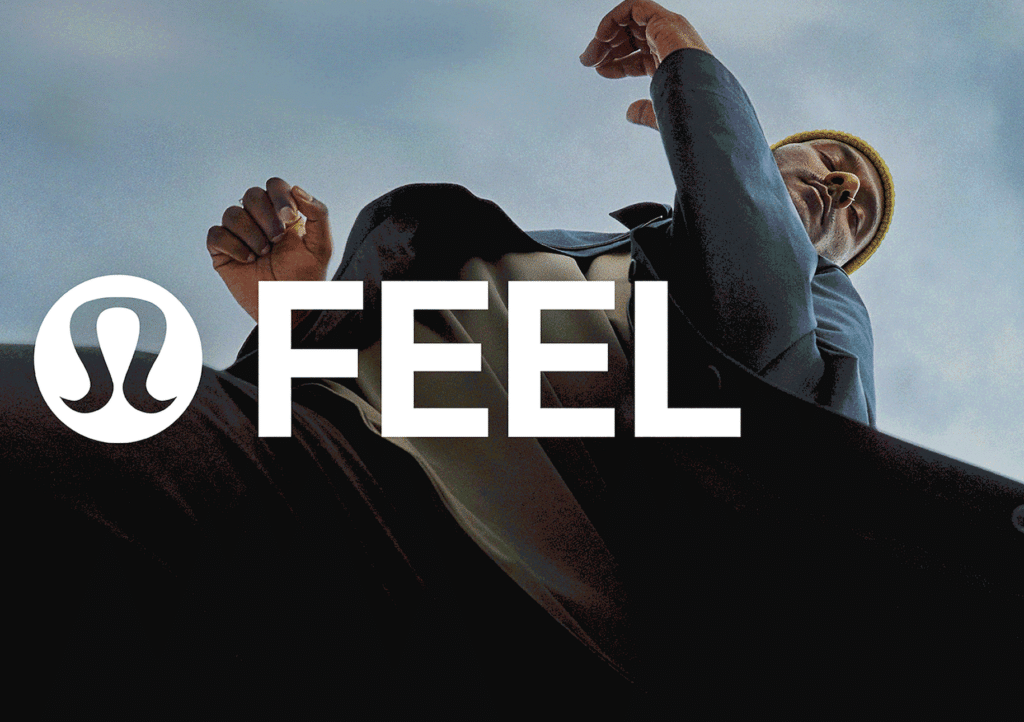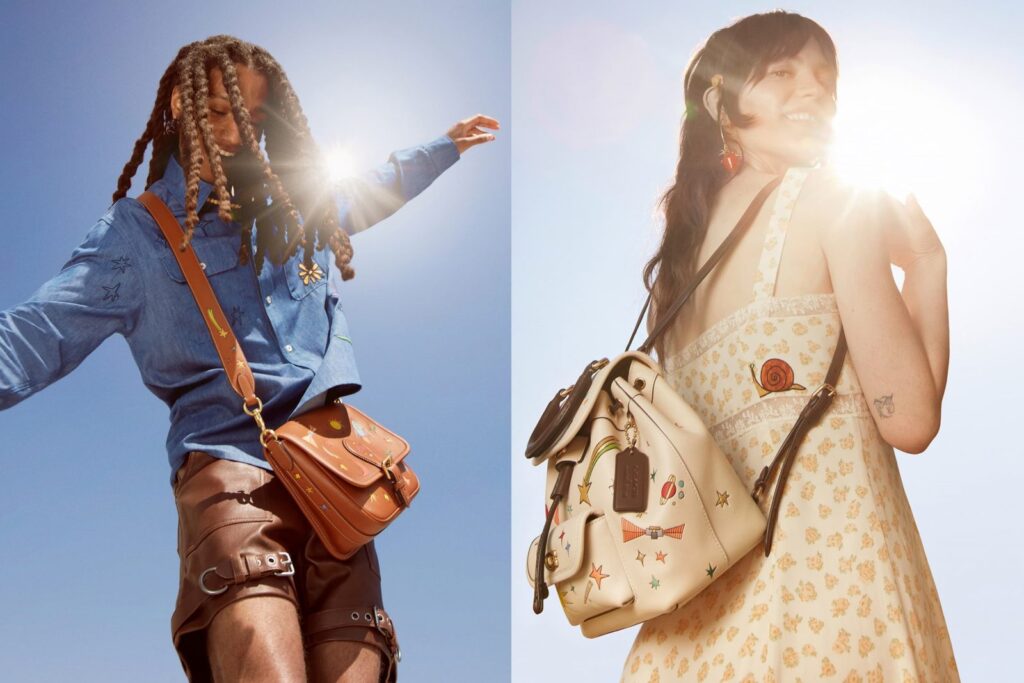Luxury brands might be leaving even more money on the table than was previously expected by failing to cater to consumers over the age of 55. According to 2019 research from the International Longevity Centre (“ILC”), the fashion and beauty industries’ well-established unwillingness to target older consumers, particularly women, was projected to cost them nearly $15 billion over the next 2 decades. While the fashion industry, in particular, is busy chasing millennial and Gen-Z consumers, the London-based think tank found that “older people increased their spending on clothes and shoes by 21 percent – or $3.80 billion – between 2011 and 2018.” In the United Kingdom, alone, ILC found that individuals over age 50 accounted for nearly 50 percent of spending as of 2018, up from 41 percent in 2003.
The dollar figures at stake are potentially even greater as a result of an already-underway post-pandemic boom in spending. Not only is the total spending power of individuals that are 65 and older increasing on a global basis; it is expected to rise to $14 trillion within the next decade, up from roughly $8.4 trillion in 2020, Bloomberg states that the world’s emergence from the COVID-19 pandemic is likely to “unleash a wave of spending by older consumers,” with money managers pointing to “huge pent-up demand from wealthy seniors” for things like medical services and travel, as well as luxury goods.
In addition to an impending spike in medical procedures that were previously put on hold as a result of the pandemic and corresponding lockdown measures, and a sure-fire boom in the travel sector, including among senior-age individuals, J. Stern & Co. managing director Christopher Rossbach told Bloomberg that “a rebound in luxury spending” should not be overlooked, with Louis Vuitton and Dior’s parent LVMH and liquor makers, such as Pernod Ricard SA and Casamigos and Ketel One-owner Diageo Plc among some of his “preferred reopening bets.” These bets are compounded by the fact that across the board, “as people age their purchasing power increases and they become more concerned with quality, not quantity, of their consumption,” which bodes well for luxury entities, particularly ones that “can tap seniors and their new-found confidence online.”
This should, nonetheless, be a wakeup call for fashion and luxury goods purveyors, many of which have traditionally engaged in rampant “institutional ageism,” according to ILC, pulling out all of the stops for younger consumers in order to cash in on eager luxury newbies, particularly those in the Asia Pacific region, but more importantly, to plant the seed for when these youngsters have more sizable sums of money to spend. One need not look further than runway shows, ad campaigns, and Instagram feeds to see exactly where – or more specifically, in what age groups – brands are placing their bets.
The problem with such hyper-focused targeting of young spenders is that while brands are positioning themselves for a lucrative future, they are missing out on a powerful consumer class that is right in front of them with money – oftentimes, a lot of money – to spend: those aged 55 and above.
In recent years, “Fashion finally has become kinder to women of [almost] all shapes and sizes, and new data shows that older women have more spending power than ever,” the Telegraph stated this week, asking, at the same time, “Why aren’t brands catching up” when it comes to diverting at least some of their focus away from merely young shoppers? The pandemic may force brands to change that and soon, according to Rossbach, who says that the onset and enduring impacts of COVID “has accelerated many of the issues related to aging populations and has highlighted the urgency of resolving them.” Against that background, he says, “We think they will be significant drivers for growth and investment,” potentially even for the youth-obsessed fashion industry.











